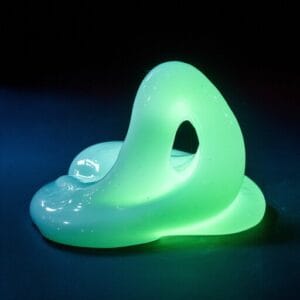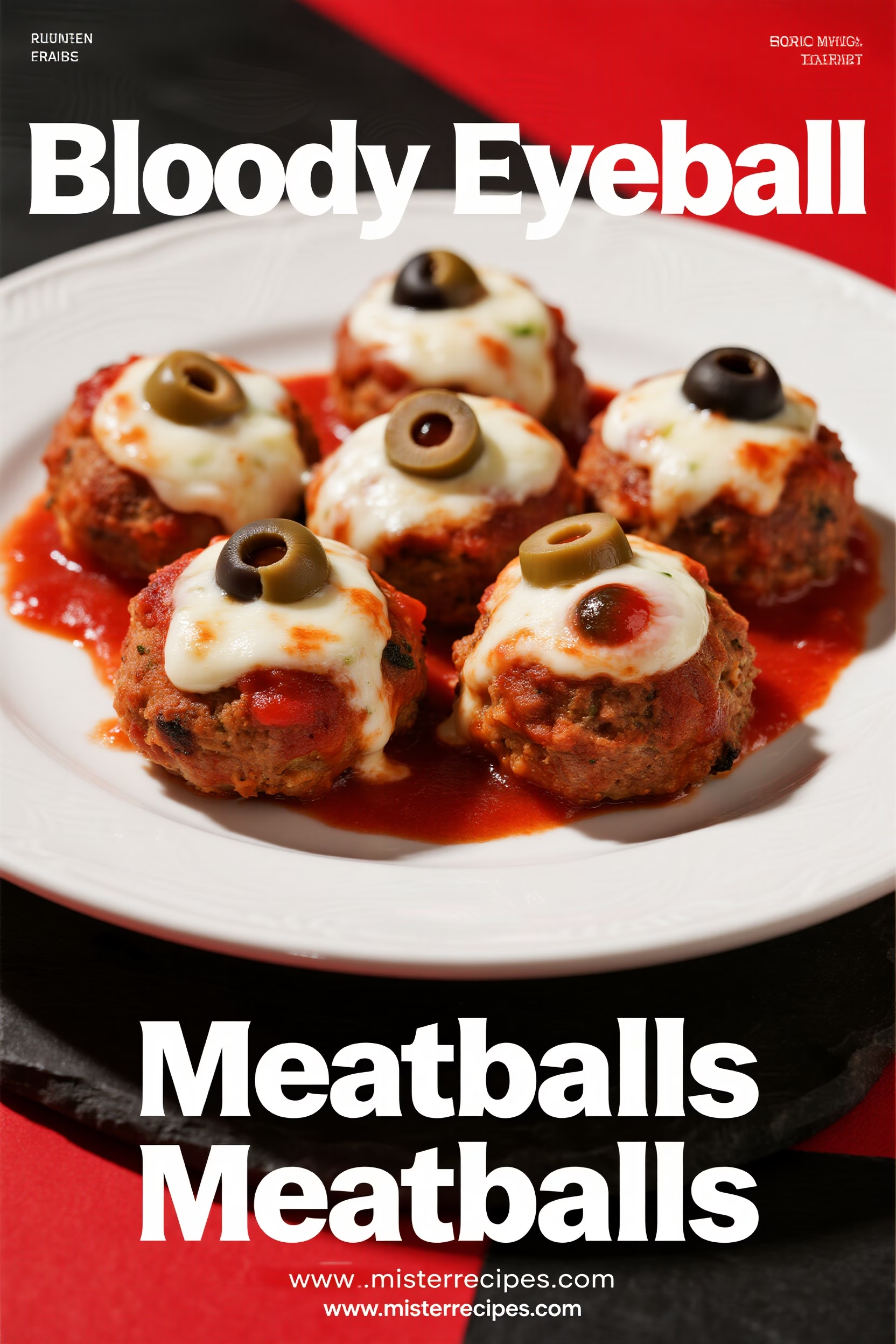Magical Slime Glow in the Dark Slime: Guide to Making Magical Slime
Imagine the delight of crafting your own glowing slime that shines brightly in the dark! Glow in the dark magical slime isn’t just a fun craft it’s a captivating sensory experience that brings the magic of science right into your hands. This luminous slime is perfect for parties, Halloween decorations, or simply to amaze friends and family. The glow in the dark effect is achieved through a simple chemical reaction, making this recipe not only entertaining but also educational. Whether you’re a parent looking for an engaging activity for your kids, a teacher incorporating fun experiments into your lessons, or just someone who loves creating things that dazzle, this glow-in-the-dark slime recipe is for you.
The night is more alive and more richly colored than the day.
Vincent Van Gogh
In this detailed guide, we’ll walk you through each step of the process, provide tips for the best results, and answer common questions to ensure your slime-making adventure is a glowing success.
Table of Contents

Why You’ll Love This Magical Slime Recipe
glow in the dark slime offers a unique twist on traditional slime-making that’s sure to capture the imagination. Here’s why you’ll love making it:
- Visually Stunning: The glow in the dark effect is mesmerizing, making this slime stand out from the rest.
- Simple and Fun: The recipe is straightforward, using easy-to-find ingredients and requiring minimal effort.
- Safe for Kids: Like regular slime, this recipe uses non-toxic materials, making it a safe choice for children under adult supervision.
- Perfect for Parties: This slime is an instant hit at parties, especially around Halloween or during sleepovers.
- Educational Value: Making glow in the dark slime is a fun way to introduce kids to basic chemistry concepts, like phosphorescence and chemical reactions.
Whether you’re new to slime-making or an experienced crafter, this recipe adds an exciting, glowing twist to your collection.

How to Make Magical Slime
Ingredients
- 1 cup white school glue
- 1 tablespoon baking soda
- 2 tablespoons glow in the dark paint or glow powder
- 1 ½ tablespoons contact lens solution (containing boric acid)
- Food coloring (optional)
Detailed Instructions
Prepare Your Workspace: Lay out all your ingredients and tools on a clean, flat surface. You’ll need a large mixing bowl, a spoon or spatula, and a few measuring spoons.
Mix the Glue and Baking Soda: In your mixing bowl, combine 1 cup of white school glue with 1 tablespoon of baking soda. Stir until the baking soda is completely dissolved in the glue. The baking soda helps thicken the slime, giving it a more solid texture.
Add glow in the dark Paint or Powder: Now, add 2 tablespoons of glow in the dark paint or glow powder to the glue mixture. This is where the magic happens! Stir thoroughly to ensure the paint or powder is evenly distributed throughout the mixture. If you want to add a burst of color, now is the time to mix in a few drops of food coloring.
Activate the Slime: Gradually add 1 ½ tablespoons of contact lens solution to the mixture, stirring continuously. The boric acid in the contact lens solution causes the glue to thicken and form slime. You’ll notice the slime starting to pull away from the sides of the bowl as it thickens.
Knead the Slime: Once the slime begins to form, take it out of the bowl and knead it with your hands. It might be sticky at first, but keep kneading until it becomes smooth and stretchy. If the slime is too sticky, add a few more drops of contact lens solution.
Charge the Glow: To activate the glow in the dark effect, place your slime under a bright light for a few minutes. The more light it absorbs, the brighter it will glow when you turn off the lights.
Store Your Slime: Keep your glow in the dark slime in an airtight container when not in use. This will prevent it from drying out and losing its glowing properties.

Tips For Magical Slime
Use High-Quality Glow Products: For the brightest glow, use high quality glow in the dark paint or powder. Cheaper products might not glow as intensely or for as long.
Keep It Charged: The glow effect is temporary and needs to be “recharged” by placing the slime under a light source. The brighter the light and the longer the exposure, the better the glow.
Experiment with Colors: While the glow effect works best with lighter colors, you can still experiment with different food colorings to achieve unique results.
Store Properly: Store your slime in a cool, dark place to preserve its glow. Exposure to heat and direct sunlight can degrade the glow in the dark properties over time.
Safety First: Although this slime recipe is non toxic, it’s important to supervise young children during the slime making process to ensure they don’t ingest any of the materials.
There is a crack in everything, that’s how the light gets in.
Leonard Cohen
Recipe FAQ
Can you use Elmer’s glow-in-the-dark glue for slime?
Yes, you can use Elmer’s glow in the dark glue to make slime. It already contains phosphorescent materials that make it glow, simplifying the process since you don’t need to add additional glow powder or paint. Combine the glue with activators like contact lens solution and baking soda, and the glow effect will shine once exposed to light.
How long does glow-in-the-dark slime last?
glow in the dark slime can last for several weeks when stored properly. Keep it in an airtight container to prevent it from drying out. The glow effect is rechargeable—expose the slime to bright light for a few minutes to make it glow again. Over time, the glow might fade slightly, but proper care extends its lifespan.
Does magical liquid make slime less sticky?
Yes, magical liquid (a pre-made slime activator) helps reduce stickiness by binding the glue molecules together to form slime. Adding small amounts gradually while kneading ensures the slime reaches the desired consistency without becoming too stiff.
How do you make slime glow stick?
To make slime glow, use phosphorescent materials like glow in the dark paint, powder, or glue. For a strong glow, expose the slime to bright light for several minutes to “charge” it. Ensure the glow materials are evenly mixed into the slime for consistent brightness.
How do you activate slime glue stick?
To activate slime made from glue sticks:
- Melt glue sticks in a microwave-safe container with a little water to create a liquid base.
- Add borax solution, contact lens solution, or another slime activator gradually while stirring.
- Knead until the slime reaches the desired consistency.
What liquid do they put in glow sticks?
Glow sticks contain a liquid mix of hydrogen peroxide and a phenyl oxalate ester. When these chemicals combine, they undergo a chemical reaction called chemiluminescence, producing light without heat. A dye is often added to create various glow colors.
Common Mistakes in Making Magical Glow-in-the-Dark Slime
Using the Wrong Activator
Not all activators work equally well. Using a solution without boric acid may prevent the slime from forming properly. Ensure the contact lens solution or alternative activator is compatible with your glue.
Over-Activating the Slime
Adding too much activator can make the slime stiff and less stretchy. Always add it slowly and knead between additions to avoid over-activation.
Uneven Distribution of Glow Materials
Failing to mix the glow in the dark paint or powder evenly results in uneven brightness. Take time to stir thoroughly to achieve a consistent glow.
Skipping the Charging Step
The slime won’t glow unless exposed to light first. If you forget to “charge” it under bright light, the glow effect won’t appear in the dark.
Storing Improperly
Leaving slime exposed to air causes it to dry out. Always store it in an airtight container to maintain its texture and glowing properties.
Using Too Much Baking Soda
Excess baking soda makes the slime grainy or too thick. Stick to the recipe measurements to maintain a smooth texture.
Conclusion for Glow-in-the-Dark Slime
glow in the dark slime is a fun and engaging craft that combines science and creativity. With simple ingredients and a few easy steps, you can create a dazzling slime that glows brightly in the dark. This activity is perfect for kids, parties, and even educational projects that introduce basic chemistry concepts like phosphorescence.
By avoiding common mistakes such as using the wrong activator or forgetting to charge the slime, you can ensure success every time. Proper storage and care extend the slime’s life and maintain its glowing effect, providing endless hours of entertainment. Whether you’re making it as a family activity or a classroom experiment, glow-in-the-dark slime adds a magical touch to any setting.

Glow-in-the-Dark Slime: A Step-by-Step Guide to Making Magical Slime
Equipment
- Mixing bowl
- – Spatula
- airtight container,
- measuring cups,
- spoons.
Ingredients
- 1 cup white school glue
- 1 tablespoon baking soda
- 2 tablespoons glow-in-the-dark paint or glow powder
- 1 ½ tablespoons contact lens solution containing boric acid
- Food coloring optional
Instructions
- Prepare Your Workspace: Lay out all your ingredients and tools on a clean, flat surface. You’ll need a large mixing bowl, a spoon or spatula, and a few measuring spoons.
- Mix the Glue and Baking Soda: In your mixing bowl, combine 1 cup of white school glue with 1 tablespoon of baking soda. Stir until the baking soda is completely dissolved in the glue. The baking soda helps thicken the slime, giving it a more solid texture.
- Add Glow-in-the-Dark Paint or Powder: Now, add 2 tablespoons of glow-in-the-dark paint or glow powder to the glue mixture. This is where the magic happens! Stir thoroughly to ensure the paint or powder is evenly distributed throughout the mixture. If you want to add a burst of color, now is the time to mix in a few drops of food coloring.
- Activate the Slime: Gradually add 1 ½ tablespoons of contact lens solution to the mixture, stirring continuously. The boric acid in the contact lens solution causes the glue to thicken and form slime. You’ll notice the slime starting to pull away from the sides of the bowl as it thickens.
- Knead the Slime: Once the slime begins to form, take it out of the bowl and knead it with your hands. It might be sticky at first, but keep kneading until it becomes smooth and stretchy. If the slime is too sticky, add a few more drops of contact lens solution.
- Charge the Glow: To activate the glow-in-the-dark effect, place your slime under a bright light for a few minutes. The more light it absorbs, the brighter it will glow when you turn off the lights.
- Store Your Slime: Keep your glow-in-the-dark slime in an airtight container when not in use. This will prevent it from drying out and losing its glowing properties.
Notes
- Notes:
Let me know!
Did you find this post helpful? By leaving a star rating and share, it will help others find my recipes.




